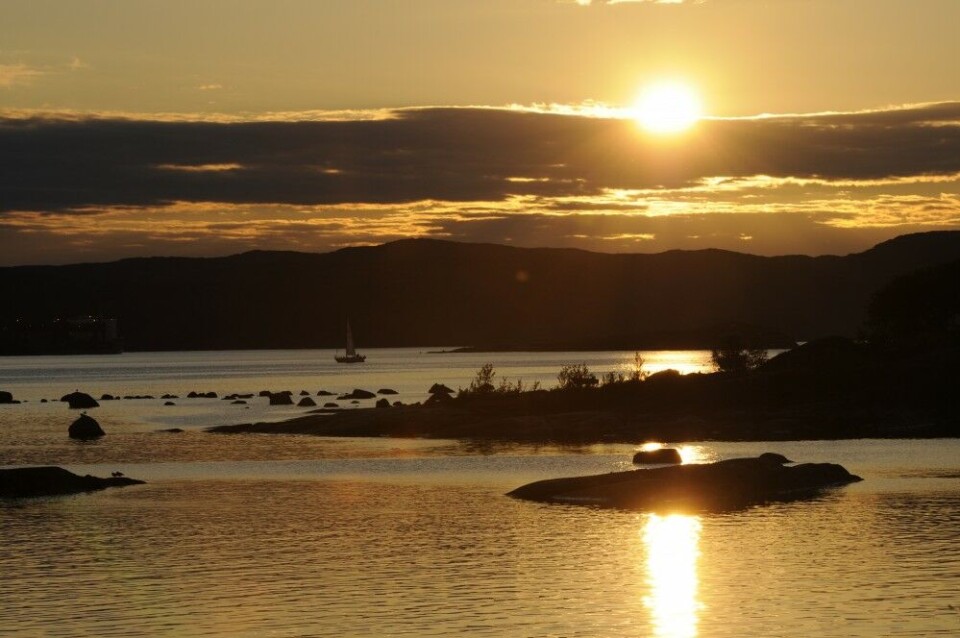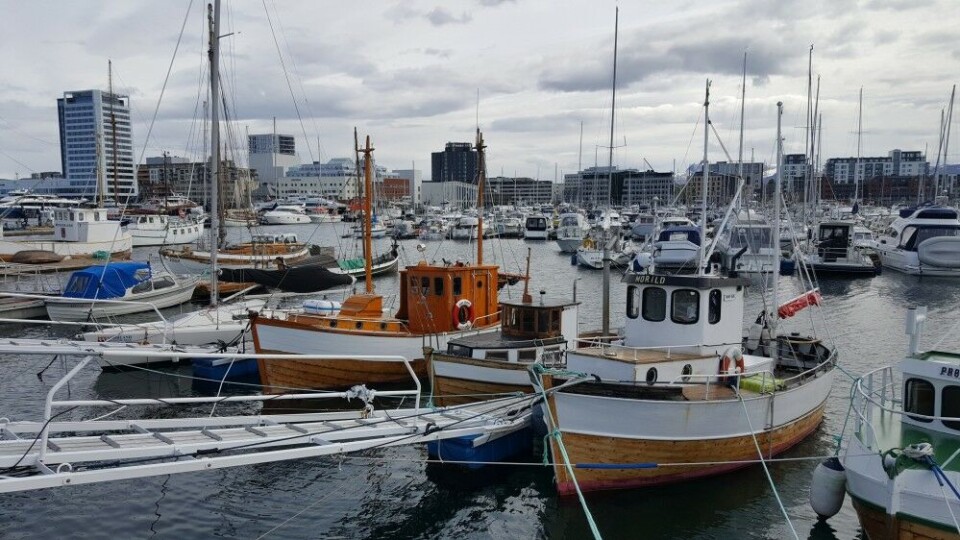
Global warming is producing longer summers in northern Norway
The summer in Finnmark is now one week longer than 30 years ago, a study by the Norwegian Meteorological Institute says.
Warmer temperatures are most significant in spring and autumn in northern Norway, says climate researcher Helga Therese Tilley Tajet with Meteorological Institute. She has studied historical data a vast majority of weather stations all over Norway from 1961 till today.
11 days extra
Windy Bodø is the town in northern Norway with most additional days to be defined as summer. From 1961- to 1990, Bodø has 90 summer days (from June 10th to September 7th), while from 1990 to 2019 the town had 101 summer days (June 9th to September 17th).
Last year, Bodø had 35 days with 20 degrees Celsius or more. The Norwegian definition of a summer day is when the average temperature is 10 degrees or more throughout the 24-hours period.

“The changes are due to both natural fluctuations in the climate, and an intensified greenhouse effect due to increased emissions of climate gasses like CO2,” explains Tajet.
Further north, the town of Tromsø got seven days longer summer over the last 30 years, 70 days now compared with 63 days in average for the period 1961 to 1990, the study shows.
In Kirkenes, on the coast to the Barents Sea, days defined as summer are now 65, from June 25th to August 28th.
“The summer is becoming longer all over the country, but the temperature increase is generally greatest in northern Norway,” says Tajet. She says one week extra of summer is significant.
















